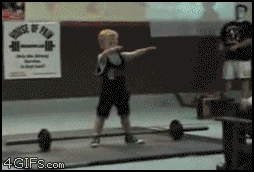

Tips to help you get the most from a visit to your healthcare provider: It may include avoiding certain activities, surgery, or other methods. Treatment depends on the severity of the cystocele. It may be caused by things that increase pressure on the pelvic muscles. This can cause the bladder to drop or sag into the vagina. If you are thinking about hormone replacement therapy, talk to your healthcare provider about the risks and benefits first.Ī cystocele is when the wall between the bladder and the vagina weakens. This may help to strengthen the muscles around the vagina and bladder. May be used to move the bladder back into a more normal position This is a device placed in the vagina to hold the bladder in place. Regular, daily exercises of the pelvic muscles to make them stronger. Avoiding certain activities, such as heavy lifting or straining during bowel movements, that could cause the cystocele to worsen. Treatment depends on the grade of the cystocele and may include:Īctivity changes. Other tests may be needed to find out if there are any problems in the other areas of the urinary system. MRI can be used to determine the extent of bladder prolapse It shows the shape of the bladder and any blockages. This is an X-ray of the bladder taken while the woman is urinating and with the bladder and urethra filled with contrast dye. Other tests may include:Ĭystourethrogram (also called a voiding cystogram). Your healthcare provider will review your medical history and do a physical and pelvic exam. Pelvic pressure that gets worse with standing, lifting, or coughing or as the day goes on Problems putting in tampons or vaginal applicators Needing to push organs back up into the vagina to empty the bladder or have a bowel movement Weak muscles around the vagina caused by lack of estrogen after menopauseĪching or a feeling of pressure in the lower belly or pelvis

Repeated straining during bowel movements What causes a cystocele?Ī cystocele may be caused by the following: The bladder bulges out through the opening of the vagina.

The bladder has sunk into the vagina far enough to reach the opening of the vagina. The bladder droops only a short way into the vagina. This disorder in women is called a cystocele.Ĭystoceles are grouped into grades: Grade 1 When the wall between the bladder and the vagina weakens, the bladder may drop or sag into the vagina.


 0 kommentar(er)
0 kommentar(er)
